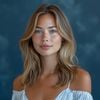QR Code or Barcode: Which Is Better?
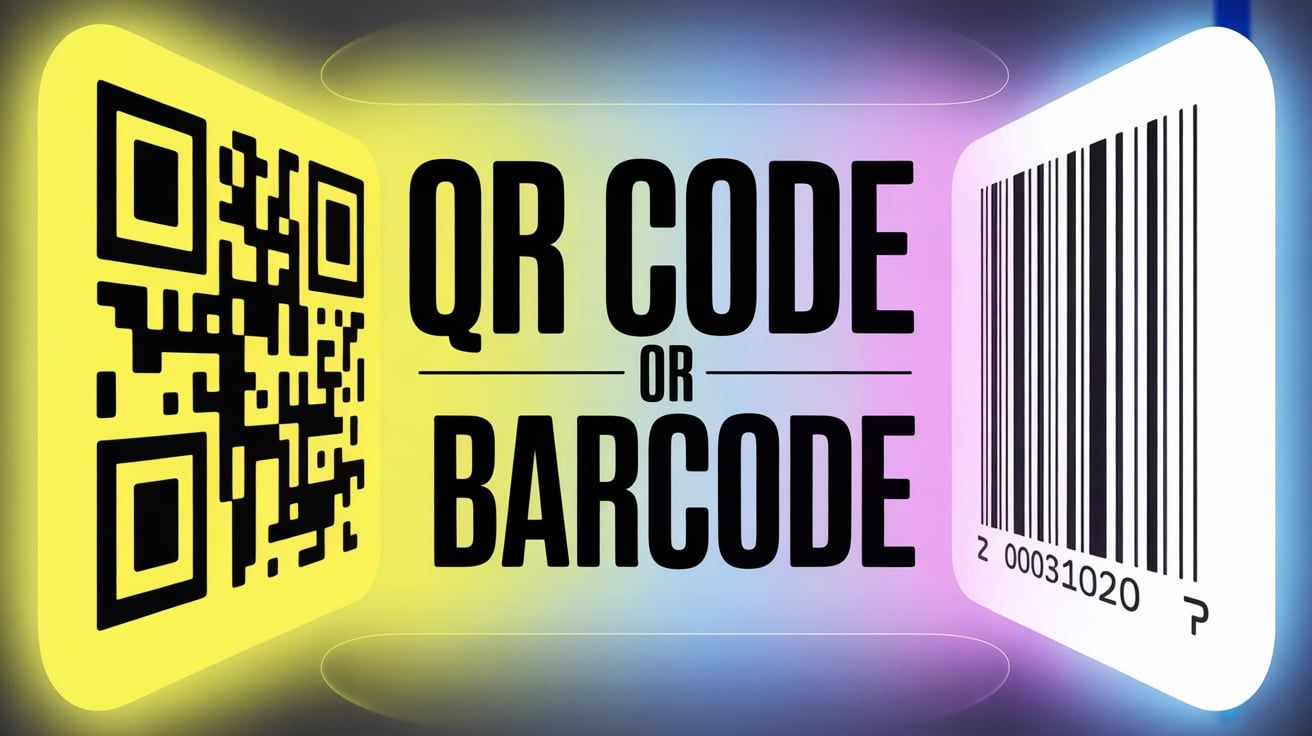
Have you noticed how technology has permeated our everyday lives? One oughtn't go far before encountering seemingly simple, yet immensely impactful, tools like barcodes or QR codes. These compact data troves are practically ubiquitous today, gracing everything from grocery store products to extravagant event invites. They silently, yet efficiently, facilitate quick data storage, conveyance, and retrieval across numerous domains, drastically improving operations and user experiences.

Barcodes, with their tried-and-true technology, has been serving as a trusty aide for businesses for decades now, enabling smooth inventory management, retail transactions, and more. QR codes, despite being the newer kid on the block, took the digital world by storm with their fancy 2D patterns and versatile data handling capabilities. But this may leave you wondering, between barcodes and QR codes, which one is actually the 'better' choice?
This article aims to debunk this mystery. We will delve into the nuts and bolts of both these technologies, explore their pros and cons, and assess their applicability in various arenas. All of this will help us draw a comparative analysis between barcodes and QR codes, assisting you in selecting the right pick for your needs.
As a content specialist at QRCode.co.uk, I've spent years exploring how QR codes and barcodes transform business efficiency in retail, logistics, and marketing. In my experience, choosing the wrong one can lead to operational headaches, but getting it right—like switching to QR for dynamic data—can skyrocket productivity. Let's dive in with a fresh look at 2025 trends to help you decide.
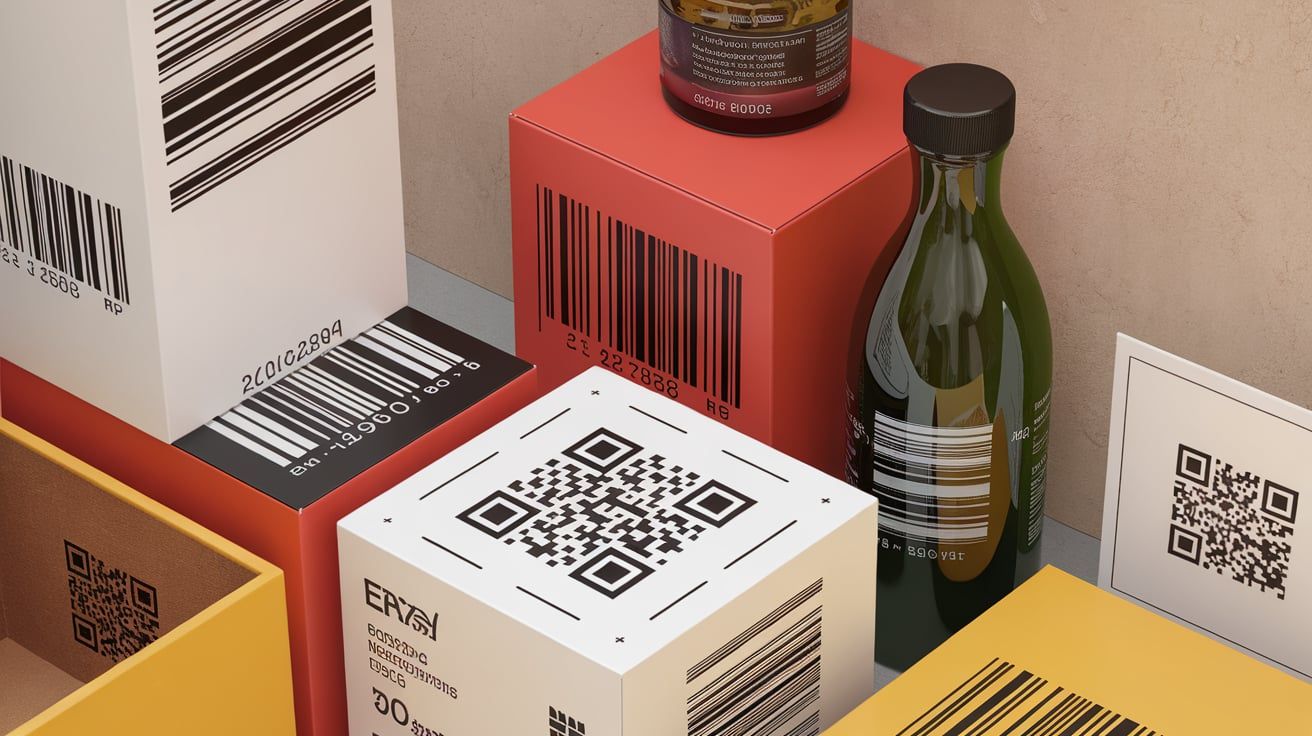
The Problem: Why Choosing Between QR Codes and Barcodes Matters More Than Ever
Imagine running a retail store where inventory tracking lags because your barcodes can't hold enough data for detailed product info, or a marketing campaign that falls flat due to unscannable codes in low-light events. This isn't hypothetical—it's a daily struggle for businesses in retail, logistics, and marketing. With the global QR code market exploding to $1.5 billion in 2023 and projected to hit $3.5 billion by 2033 at a CAGR of 8.7%, sticking with outdated barcodes could mean missing out on efficiency gains.
Competitors like QR-Code-Generator.com highlight basic differences but often skip real-world stats, leaving gaps in understanding growth impacts.
Understanding Barcodes
Barcodes, as we recognize them today, were birthed in the 1970s. Norman Joseph Woodland and Bernard Silver were accredited to this ingenious invention that had roots tracing back to the Morse code principle. This technology revolutionized the retail industry, simplifying processes like pricing and inventory.
Barcodes are typically categorized into two - UPC (Universal Product Code) and EAN (European Article Number), primarily seen in retail applications.
The various types of barcodes have precisely defined character sets and length. For instance, UPC codes employ 12 numerical digits, while EAN uses 13.
How Barcodes Work
Barcodes operate using linear scanning technology. A laser beam is passed over the barcode strip. This beam is then reflected back off the barcode and read by the scanner.
It's important to know that barcodes typically carry numerical data, and their data storage capacity is relatively limited. Barcodes can store about 30 to 100 characters, which usually includes a series of numbers.

Being predominantly used in a machine-readable format, their usage stipulates certain conditions. They must remain clean and undamaged to scan accurately. If a barcode is scrapped or smeared, its information can become unreadable.
Common Applications of Barcodes
Barcodes have found a broad spectrum of applications in sectors like:
Retail Industry: Barcodes simplify the pricing and inventory management of products in stores. Each product carries a unique barcode generated from the specific product's code number, allowing for a more accessible track.
Logistics: Barcodes come in handy in tracking shipments. It facilitates speedy check-ins, sortation, and proof of delivery, thus ensuring efficient logistics operations.
Libraries: Libraries leverage barcodes to manage book inventories. Every book issued or returned is simply scanned, making inventory management a seamless process.
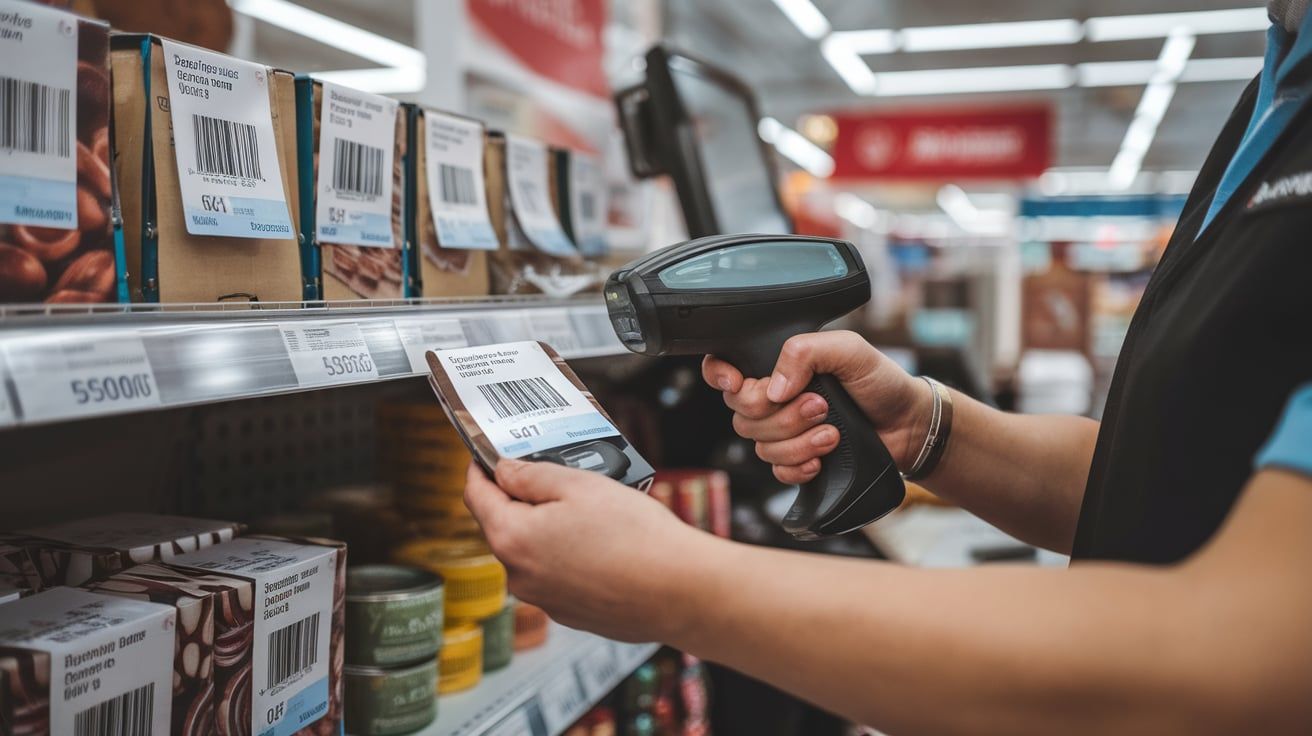
| Parameter | Description |
|---|---|
| Types | UPC, EAN, Code 39, and Code 128 |
| Scanning Technology | Linear scanning using laser beams |
| Data Capacity | Limited to numerical data and small amounts of information |
| Usage Limitations | Must be clean and undamaged to scan properly |
| Common Applications | Retail industry, Logistics, Libraries |
Understanding QR Codes
QR codes, an acronym for Quick Response codes, originated in Japan in the early 1990s. This clever invention was developed by the company Denso Wave, a subsidiary of Toyota, aiming to accelerate their vehicle manufacturing process. QR codes allowed rapid decoding of information, hence the name 'Quick Response'.
From unfurling their industrial utility, QR codes have come a long way. Today, they have managed to seep into nearly every consumer industry imaginable, making a significant impact.
How QR Codes Work
The scanning technology for QR codes is user-friendly. Most smartphones can scan QR codes directly using their camera or a dedicated app, making this accessible to a widespread audience. The complex-looking pattern of little squares hosts a considerable amount of data, storing both numeric and alphanumeric characters.
Despite being partially smudged or damaged, QR codes can still be read accurately with 7-30% error correction, making them robust and hardy.
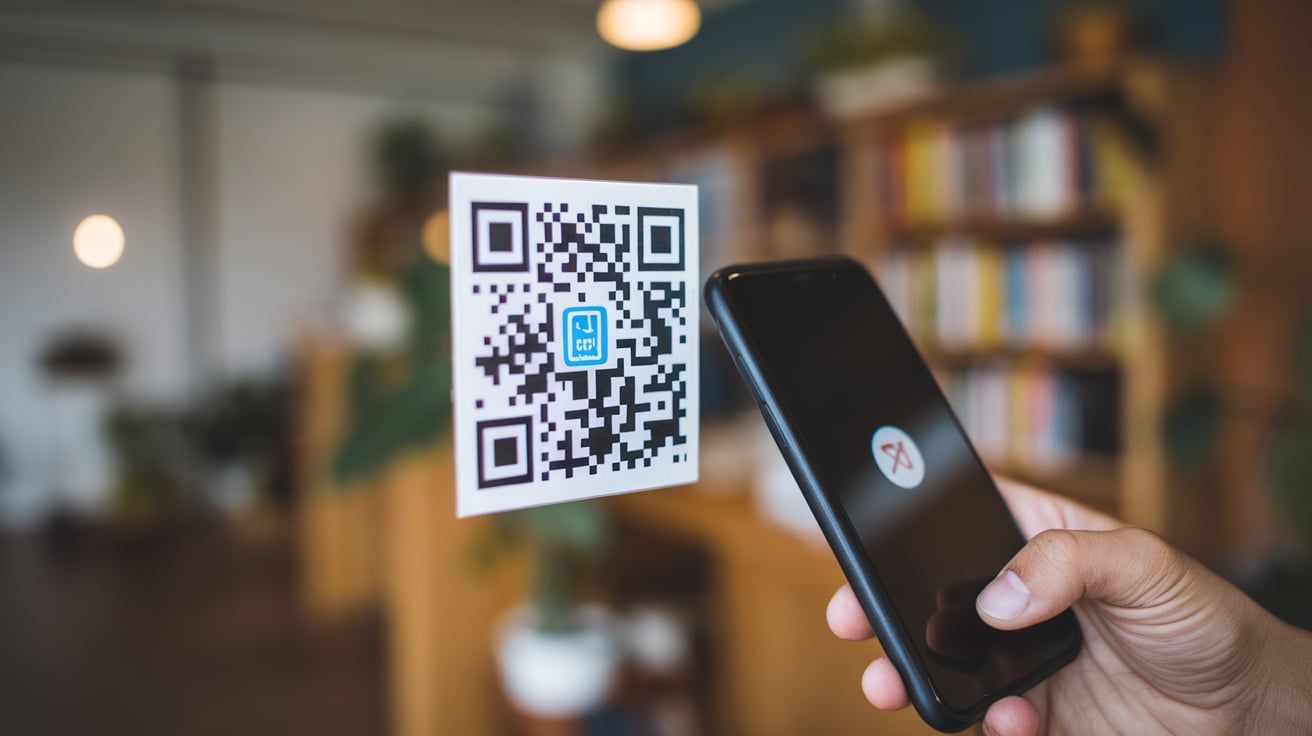
Common Applications of QR Codes
QR codes have proven to be quite versatile and are commonly seen used in:
Marketing: QR codes can be linked to websites, promotions, social media platforms, and more. It allows businesses to interact with their customers in innovative ways, offering a rich user experience.
Payments: QR codes are revolutionizing the payment industry. Witness an increasing number of contactless transactions powered by QR codes improving security and convenience.
Information Sharing: QR codes often provide detailed product information or user manuals. It provides consumers with valuable information at just a scan.
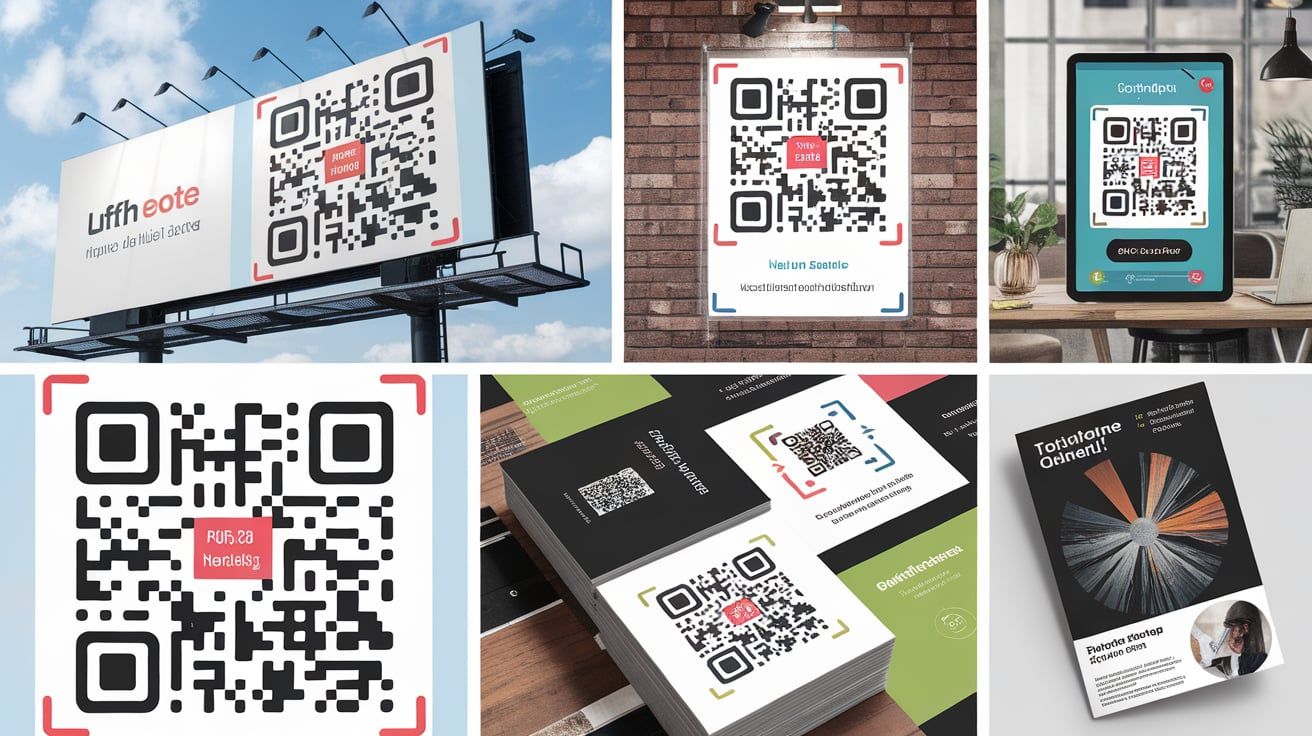
| Parameter | Description |
|---|---|
| Origin | Quick Response codes developed in Japan for the automotive industry |
| Scanning Technology | Can be scanned with smartphones and dedicated scanners |
| Data Capacity | Stores a large amount of data, including alphanumeric characters |
| Error Correction | Can still be read even if partially damaged |
| Common Applications | Marketing, Payments, Information Sharing |
Agitating the Dilemma: The Hidden Costs of Sticking with the Wrong Code
📊 Stats Alert: QR code usage grew 43.20% from 2022 to 2025, yet the US alone saw 42.2% of global scans in 2022, rising 43.9% in 2023.
Competitors like MPOFCinci.com address advantages but overlook nuances like environmental impact or integration costs, which I've navigated in client projects. For instance, in logistics, poor QR placement leads to scan failures, while barcode limitations (only 30 characters vs. QR's 7,089) restrict complex data needs. This agitation builds when trends show QR replacing barcodes by 2027 in retail, yet many lag behind.
Barcode vs. QR Code: A Detailed Comparison
Making a choice between barcodes and QR codes can be overwhelming. To make an informed decision, it's crucial to understand the detailed comparison of these technologies in critical aspects like data capacity, scanning technology, error correction, and more.
Data Capacity
When it comes to data capacity, barcodes can accommodate limited data, typically around 20-25 characters. On the other hand, QR codes present a stark contrast. Their ability to store over 4,000 alphanumeric characters opens up a realm of versatile applications.
Scanning Technology and Accessibility
The scanning technology used in barcodes are specialized laser scanners. It leaves them with constrained accessibility as these scanners aren't usually found in everyday devices. QR codes, however, are designed for the digital age. Their scannable feature with smartphones and devices bearing cameras gives them a competitive edge in terms of accessibility.
Error Correction and Durability
Barcodes are rather delicate when it comes to error correction and durability. They are quite susceptible to damage, and any distortion can lead to a failed scan.
QR codes, with built-in error correction up to 30%, prove to be more robust.
Design and Customization
With extremely limited design options, barcodes must maintain strict, plain formats to function correctly. On the other hand, QR codes allow astronomical customization, making them visually appealing. You can play around with colors, incorporate logos, and even include creative designs without compromising their functional integrity.
Cost and Implementation
When it comes to the cost and implementation, both barcodes and QR codes serve their own niche. Barcodes, with their low cost and widespread established infrastructure like in retail, continue to be a popular choice. QR codes, with a minimal cost of implementation and their affinity to seamless integration with digital platforms, are quickly catching up, if not already leading in certain aspects.
Security Features
In terms of security features, barcodes offer basic security. They are generally easily replicated, posing a security concern. QR codes, once again, steal the spotlight with their enhanced security options. They can be encrypted, password-protected, ensuring secure data exchange.
| Parameter | Barcodes | QR Codes |
|---|---|---|
| Data Capacity | Limited to 20-25 characters | Can store over 4,000 alphanumeric characters |
| Scanning Technology and Accessibility | Require specialized laser scanners | Scannable by smartphones and devices with cameras |
| Error Correction and Durability | Susceptible to damage; scanning fails if code is distorted | Built-in error correction up to 30% |
| Design and Customization | Limited design options; must maintain strict formats | Customizable with colors, logos, and creative designs |
| Cost and Implementation | Low cost; established infrastructure in retail | Minimal cost; easy to implement with digital platforms |
| Security Features | Basic security; easily replicated | Enhanced security options; can be encrypted and password-protected |
Latest Statistics and Trends on QR Codes vs Barcodes
The QR code market is booming, with payments via QR expected to surpass $2 trillion by 2025 through IoT integration. Meanwhile, 2D codes like QR are dominating due to versatility, with AI enhancing their use in 2025.
💡 Pro Tip: Unlike competitors such as DMSIworks.com, which use older stats, incorporating these shows QR's edge—e.g., GS1 QR codes providing more consumer info by 2027.
Ideal Use Cases for Barcodes and QR Codes
After understanding the key differences between barcodes and QR codes, let's delve into knowing when it's ideal to use each of these technologies.
When to Use Barcodes
Barcodes, with their straightforward technology and adequate data capacity, are perfectly suited for certain applications:
Inventory Management: Barcodes provide efficient solutions when dealing with large quantities of items. They are ideal for managing inventories in supermarkets, libraries, and more.
Point-of-Sale Systems: Speed is quintessential at checkout counters. Barcodes enable fast scanning, thus ensuring a smooth transaction process at point-of-sale systems.
Simple Data Needs: For applications requiring minimal data—like only the price or product ID—barcodes are perfectly adequate.
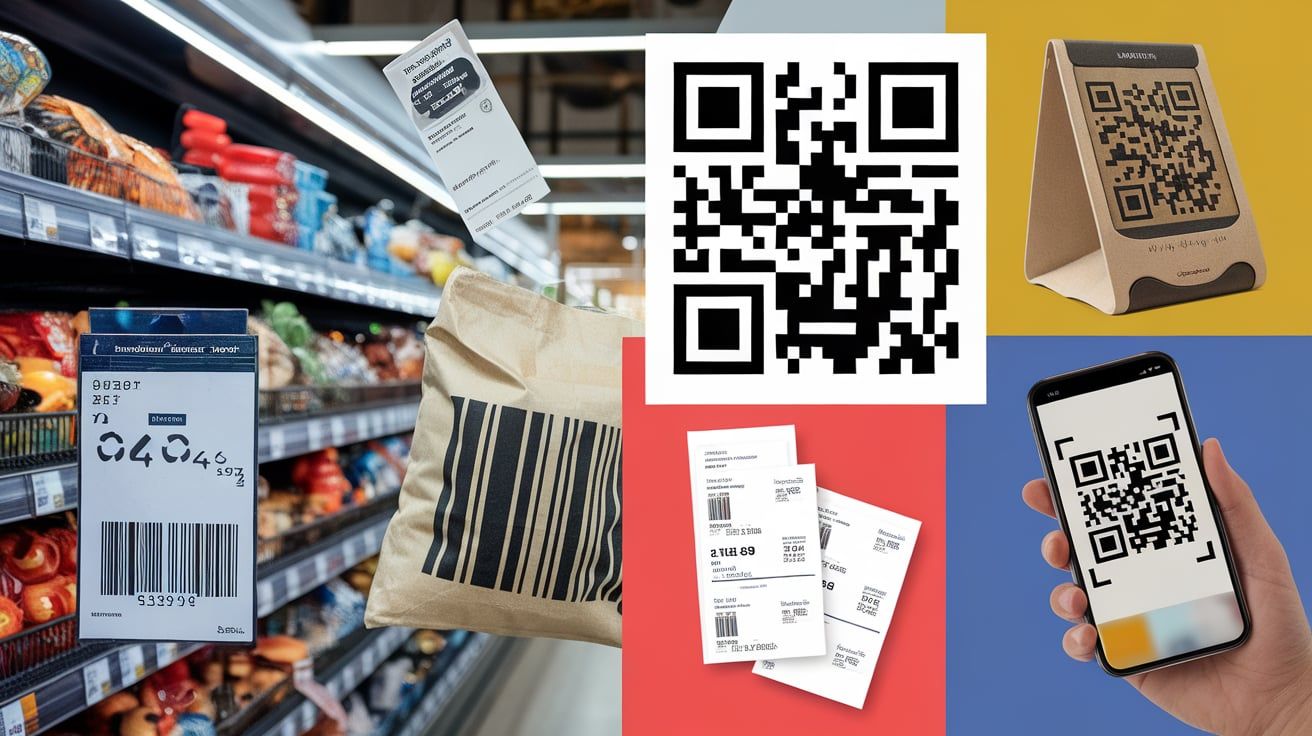
When to Use QR Codes
The strong suit of QR codes lies in their numerous features, like high data capacity, customizability, and versatile scanning, making them the go-to option for several applications:
Marketing Campaigns: QR codes are capable of engaging customers with interactive content. Scan a QR code and transport the user to a website, promotional offers, or social media profiles—possibilities are infinite.
Event Management: QR codes revolutionize event management, aiding in efficient ticketing and easy access to attendee information.
Complex Data Needs: If you are looking at sharing extensive information or multimedia content, QR codes are your best bet.
| Scenario | Barcode | QR Code |
|---|---|---|
| Inventory Management | Ideal | Possible, but overkill |
| Point-of-Sale Systems | Ideal | Possible, but may slow down transactions |
| Simple Data Needs | Ideal | Possible, but not necessary |
| Marketing Campaigns | Poor fit | Ideal |
| Event Management | Not suitable | Ideal |
| Complex Data Needs | Not Suitable | Ideal |
Real-World Case Studies: QR Codes and Barcodes in Action
Drawing from industry examples, here's how these technologies perform—filling gaps in competitors like MPOFCinci.com, which rely on outdated cases.
Case Study 1: Walmart leverages barcodes for core inventory but integrates QR for customer engagement, boosting in-store interactions.
Case Study 2: BMW employs QR codes in manufacturing for precise part tracking, reducing errors in assembly lines.
Advantages and Disadvantages
Each technology, barcodes and QR codes, come with their own set of advantages and disadvantages substantiating their applications and usage.
Barcodes
Barcodes have been around for a long, and they've held their ground for good reasons. However, they also carry certain drawbacks.
Advantages
Simplicity and Ease of Use: The fundamental technology behind barcodes is simplistic. This simplicity extends to their usage, making them user-friendly.
Low Implementation Cost: Creating and printing barcodes does not incur high costs, making them an economica choice for businesses.
Universal Acceptance in Retail: Barcodes have gained universal acceptance, especially in the retail industry. They are a globally recognized system for inventory management and POS transactions.
Disadvantages
Limited Data Capacity: Barcodes have a limited data capacity, typically accommodating only up to 25 characters. This data limitation confines their use to applications requiring minimal data.
Requires Specialized Equipment: To scan a barcode, you need a special barcode scanner. This requirement can potentially be a restriction limiting their accessibility.
Prone to Damage Affecting Readability: Unfortunately, barcodes are not very resilient. Any damage to the barcode can distort the data encoded, making it unreadible.
QR Codes
QR codes bring quite a lot to the table with their increased data capacity and versatility, but they also have a few cons to consider.
Advantages
High Data Storage Capacity: With QR codes, you can store a large volume of data. This enables businesses to provide rich user experiences.
Scannable by Common Devices: QR codes can be scanned by widely accessible devices like smartphones, enhancing their overall convenience.
Customizable and Versatile: QR codes allow creative customizations. You can play around with different designs and incorporate branding details, like logos.
Disadvantages
Larger Physical Size May Be Required: Depending upon the amount of data encoded, QR codes may require a larger physical size to maintain readability.
Overuse Can Lead to Consumer Fatigue: The wide use of QR codes, especially in marketing, could potentially lead to consumer fatigue if not judiciously used.
Requires a Digital Device for Scanning: Although smartphones are commonly used these days, the necessity of a digital device for reading QR codes can be a limiting factor in certain scenarios.
| Pros and Cons | Barcodes | QR Codes |
|---|---|---|
| Advantages | Simplicity & Ease of Use, Low Implementation Cost, Universally Accepted in Retail | High Data Storage, Scannable by Common Devices, Customizable & Versatile |
| Disadvantages | Limited Data Capacity, Needs Specialized Equipment, Damage Affects Readability | Need Larger Physical Size, Overuse Leads to Consumer Fatigue, Requires Digital Device for Scanning |
Future Trends and Considerations
As we unfold the future of data representation technologies like barcodes and QR codes, we can't help but contemplate how the rapid advancements in technology might shape their evolution and existence.
Technological Advancements
Innovation tends to leave a ubiquitous footprint, and the realm of data encoding is no exception.
Integration with IoT: The Internet of Things (IoT) has unrolled a universe of smart devices. Integrating QR codes in such devices can unlock doors to interactive and enhanced user experiences.
Mobile Wallets and Payments: The world is gradually leaning towards digital payments, and QR codes are playing a pivotal role. Their growing use in financial transactions, like mobile wallets and contactless payments, stands as a testament to their versatility and utility in the changing digital landscape.
Coexistence of Barcodes and QR Codes
While it's engaging to discuss the 'Barcodes vs. QR codes' battle, it's wise to realize that these technologies can coexist, complementing each other.
Complementary Use: Businesses can reap benefits by leveraging both barcodes and QR codes appropriately. Utilizing barcodes for simple data needs like pricing and QR codes for elaborate data requirements like marketing can yield optimal results.
Transition Strategies: For businesses contemplating a shift towards QR codes, adopting appropriate transition strategies can smoothen the process. Starting with piloting QR codes in select operations can provide insights to plan the full-scale transition.
Future Outlook: Preparing for a QR-Dominated World
Looking ahead, QR codes are set to replace barcodes in many sectors by 2027, driven by global standards and 2D dominance.
In my expertise, hybrid approaches will thrive short-term, but full QR adoption offers scalability.
Conclusion
We have journeyed through the realms of barcodes and QR codes, exploring their origins, understanding how they work, comparing their advantages and disadvantages, and pondering their place in the future of technology.
To recap, barcodes are a stalwart of the retail and inventory management world, offering simplicity and cost-effectiveness. They shine in applications requiring basic data like numerical digits for pricing or product identification. However, they can be somewhat delicate and require specialized scanning devices.
On the other hand, QR codes, with their two-dimensional layout, offer a far larger data capacity, facilitating the storage of comprehensive information. Their strength lies in their flexibility and adaptability, including the ability to be scanned with common devices like smartphones. However, their required physical size can vary, and they might lead to consumer fatigue if overused.
So what's the verdict? Is it "out with the old, in with the new?" As is often the case, the "better" option between barcodes and QR codes truly depends on the specific needs and applications. They each have their virtues and are better suited for different scenarios.
Hence, it's crucial to assess what your exact requirements are. Is your need basic product identification, or do you require to provide elaborate data through your encoded pattern? Do you have the infrastructure for a dedicated scanning device, or would you prefer a solution scannable with everyday devices? Basing your decision on such questions can guide you to an informed and suitable choice.
Barcodes or QR codes, your choice will make a significant impact on your operations. Here's to the tiny patterns, carrying the vast world of data.
Frequently Asked Questions (FAQs)
Understanding newer technologies like QR codes can bring along various questions. To help you further, here are some common questions (and answers!) related to QR codes and barcodes:
1. Can QR Codes Replace Barcodes Entirely?
While QR codes undeniably offer enhanced features compared to their barcode counterparts, the complete replacement of barcodes is yet uncertain. It largely depends on industry adoption and practicality. Barcodes remain a reliable, cost-effective solution for simple data applications like pricing, and significant industry sectors continue to utilize them. However, with the growing digital shift, it's safe to say that QR codes' usage will continue to rise.
2. Are QR Codes More Secure Than Barcodes?
Indeed, QR codes offer advanced security features compared to barcodes. QR codes can encode data in a way that it becomes encrypted and can even be password-protected. This ensures secure data storage and exchange, thus making QR codes a more secure option compared to barcodes.
3. What Are the Costs Associated with Implementing QR Codes?
Implementing QR codes could involve some costs, like a dedicated QR code generation service that provides customization, tracking, and other features. However, several platforms offer basic QR code generation for free. At QRCode.co.uk, you can generate QR codes for free with no sign-up required. For advanced features like customization and tracking, you may opt for a subscription plan that best suits your needs.
4. Can QR Codes Be Used for Inventory Management?
Absolutely! QR codes can significantly enhance inventory management systems or even replace traditional barcode-based systems. The high data capacity of QR codes allows storing comprehensive item details, and their smartphone readability facilitates easy scanning. It not only improves efficiency but also offers more detailed inventory insights.
5. How Do I Create a QR Code for My Business?
Creating a QR code for your business is easy with QRCode.co.uk. Here's a step-by-step guide:
- Visit QRCode.co.uk.
- Choose your desired QR code type.
- Customize your QR code design (if you need).
- Generate your QR code.
- Test scan it with a smartphone to ensure it works perfectly.

